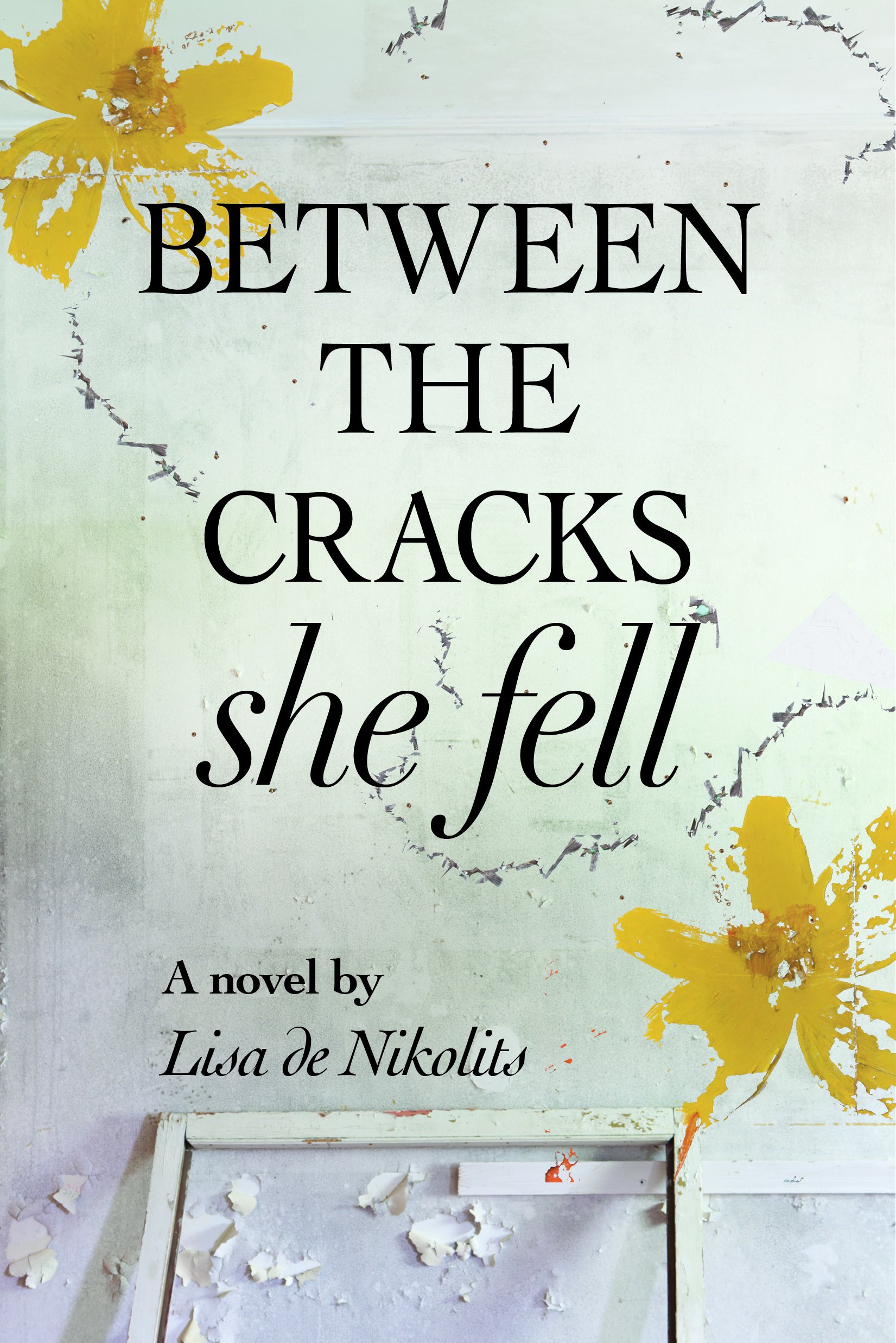Like this article? rabble is reader-supported journalism. Chip in to keep stories like these coming.
Cities are palimpsests. Like those washed-off scrolls ready to be reused by a scribe, the words that came before leaving spectral impressions on the page, cities are built, unbuilt and rebuilt, leaving behind evidence of lives lived and left. In this way, time is made circular, existing on top of itself. It is no wonder, then, that in such spaces we should encounter the ghosts of those who came before us and those who might come after.
It’s these myriad ghosts inhabiting a city’s abandoned places that inspired the writing of Lisa de Nikolits fifth novel, Between the Cracks She Fell. The book “is like an homage to every ghost who talks to me and speaks to me of their lives that have gone wrong,” said de Nikolits at the Women Write the City panel discussion about city as muse and backdrop for female protagonists, held at Another Story Bookshop in Toronto on January 28.
De Nikolits met the ghosts who would become the characters in her novel while she and her husband were exploring an old P.O.W. camp in Bowmanville.
Joscelyn, the feisty 28-year-old British expat determined to make her life in Canada despite recent bad luck, appeared to de Nikolits as a ghost from the future, hands on hips, daring de Nikolits to write about her and what living in those lonely buildings at night would be like.
The P.O.W. camp later became an Islamic school. From that stage of its history, a ghost from the past appeared in the character of Imran, suggested by the scraps of math homework de Nikolits found on the floor.
The angry and frustrated delinquents who destroyed the abandoned buildings also came to her there. “It’s when you catch a place slightly off guard, before it has time to put on its party face, that’s when you meet the spirits that linger, the ones who are hoping to have their stories told so they can be set free from the no man’s land in which they’re stuck,” said de Nikolits.
Joscelyn, the novel’s heroine, has just lost her house, her job and her boyfriend. Homeless and needing to regroup, she seeks shelter from her broken life in an abandoned and vandalized building on the outskirts of Toronto. Her temporary dwelling is the opposite of a secure oasis of order; it’s chaotic, unfamiliar, and dangerous.
Despite de Nikolits’ emphasis on character and setting during the panel discussion, Between the Cracks She Fell is not a character study. It does not delve deeply into the crippling emotions that losing one’s home, and job, and lover can have on the psyche. Her characters are fun and varied, but not quite three-dimensional.
Nor is Between the Cracks She Fell really a study of place. The reader is not left haunted by the storied buildings in which Joscelyn makes her temporary home. Setting never quite becomes character. And despite the novel’s interpolation of The Satanic Verses, Joscelyn’s favourite book and one of the few possessions she takes with her, Between the Cracks She Fell is not what might be called “high literature” although it certainly aptly engages Rushdie’s themes. When Joscelyn discusses The Satanic Verses with Lenny, a brilliant but troubled miscreant, she could equally be talking about Between the Cracks She Fell: “This book is about religion […]. And love, and trying to find a home.”
Character, setting and theme are deftly managed, but it is perhaps the author’s ability to not linger on the deeper and more painful issues that makes the book so approachable and entertaining. It is as popular fiction that Between the Cracks She Fell finds its strength: it is private eye fiction, murder mystery and quest narrative.
Joscelyn, independent and intrepid, discovers truths and shares necessary findings with the police officer who walks the beat in the city beyond. The murder mystery lends suspense, and in the post-mortem escapade of the body, comic relief. The plot is a quest narrative, full of encounters with monstrous beings that want to hurt our heroine, fairies who care for her, and imps who derail her (all of which are human in form).
As is the case with quests, she sets out from an old life, seeks for something (in this case, self-knowledge), and will ultimately return to that place that appears on page one of every soul’s private atlas: home, whatever that will prove to be for Joscelyn.
Between the Cracks She Fell is an adventure story with a lively heroine and a colourful entourage. If you’re looking for a plot-driven narrative with a strong, female protagonist, which also touches on important social issues, grab this book. You won’t be disappointed. It might even lead you to some urban exploration and infiltration of your own.
Sarah Hipworth is an editor and writer living in Hamilton.



